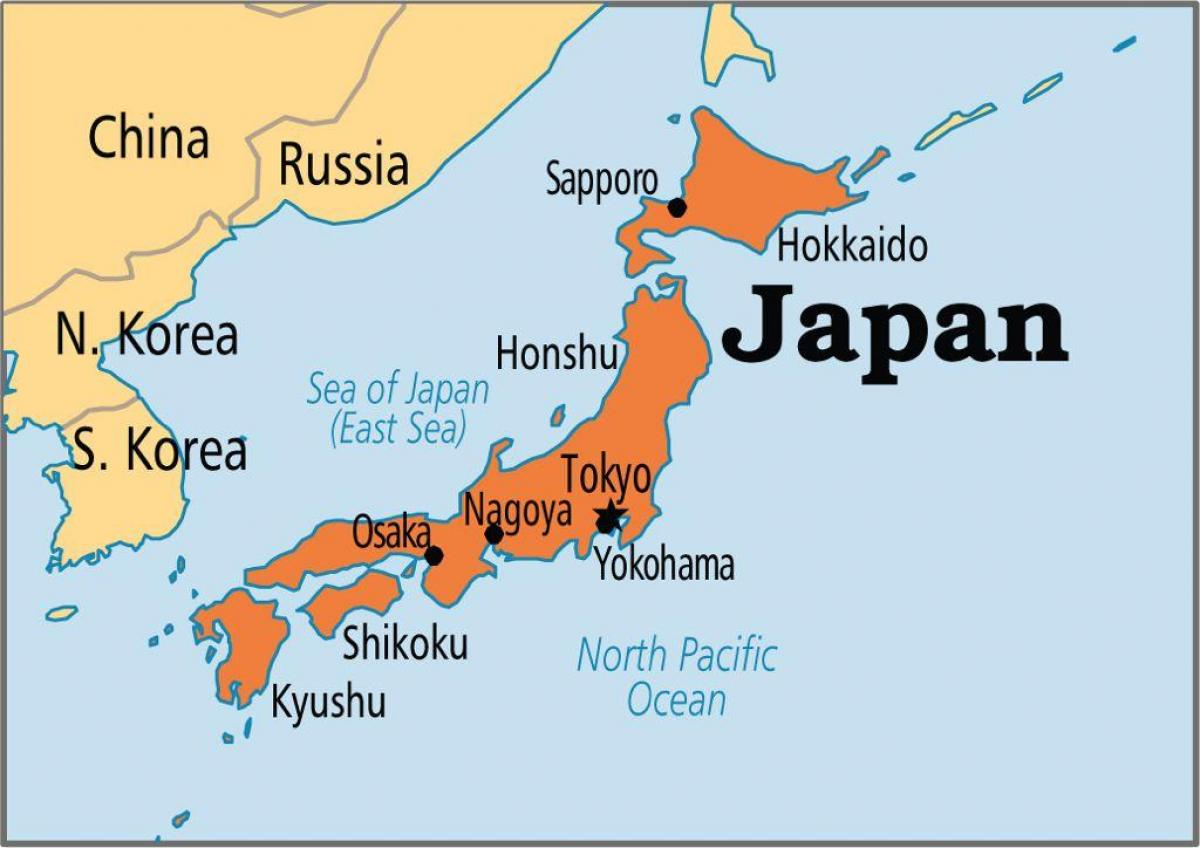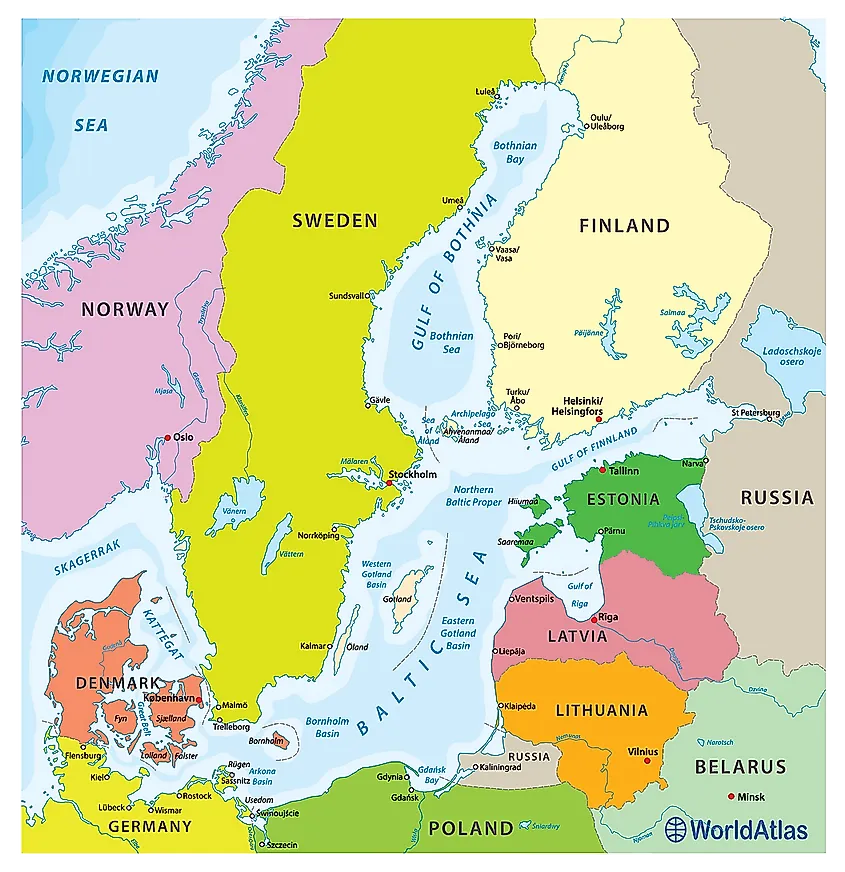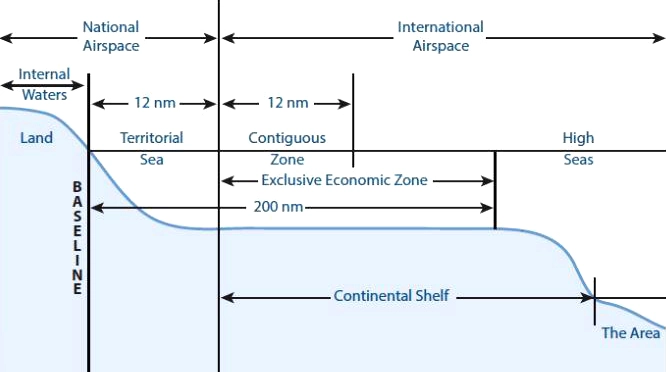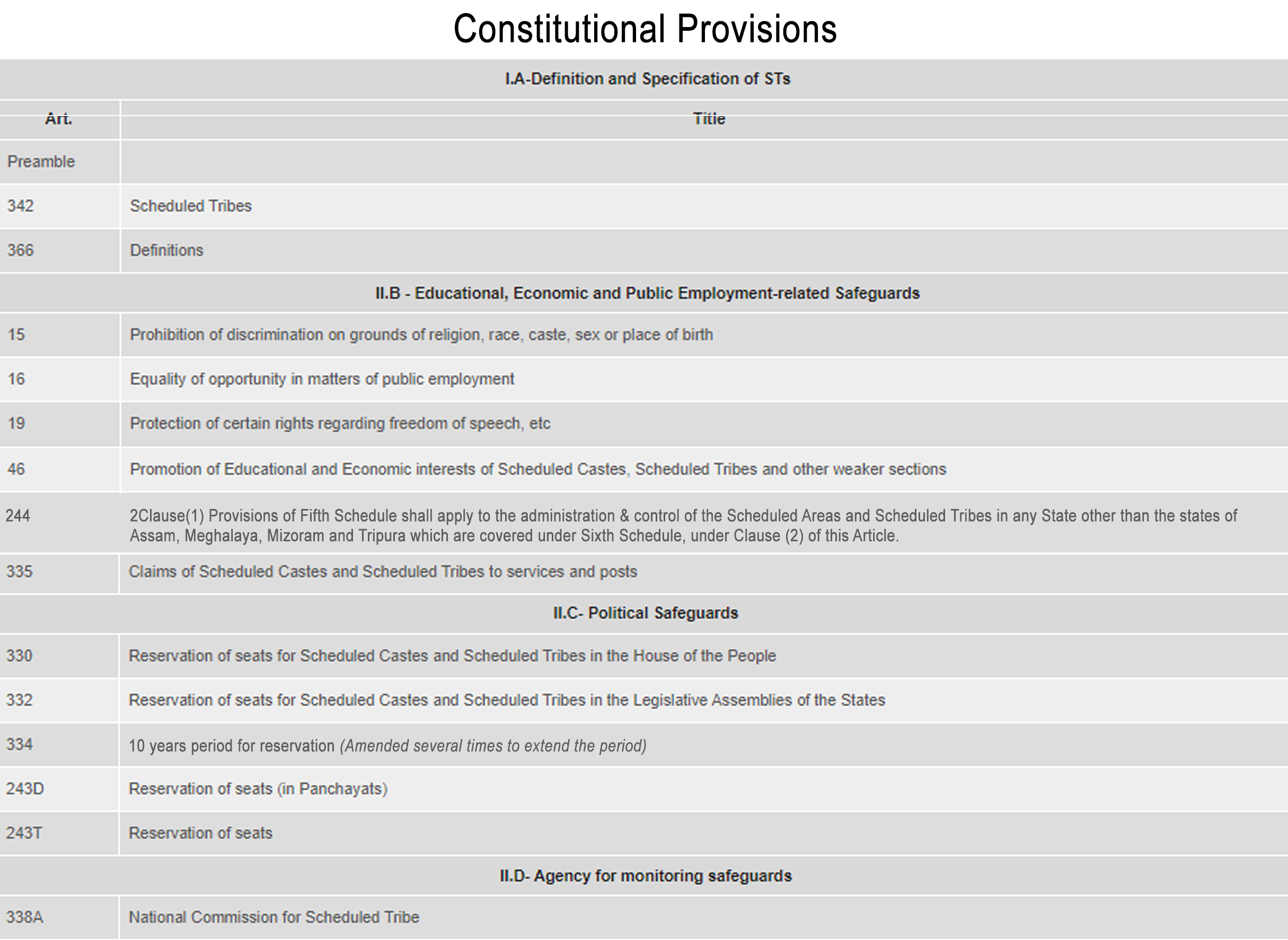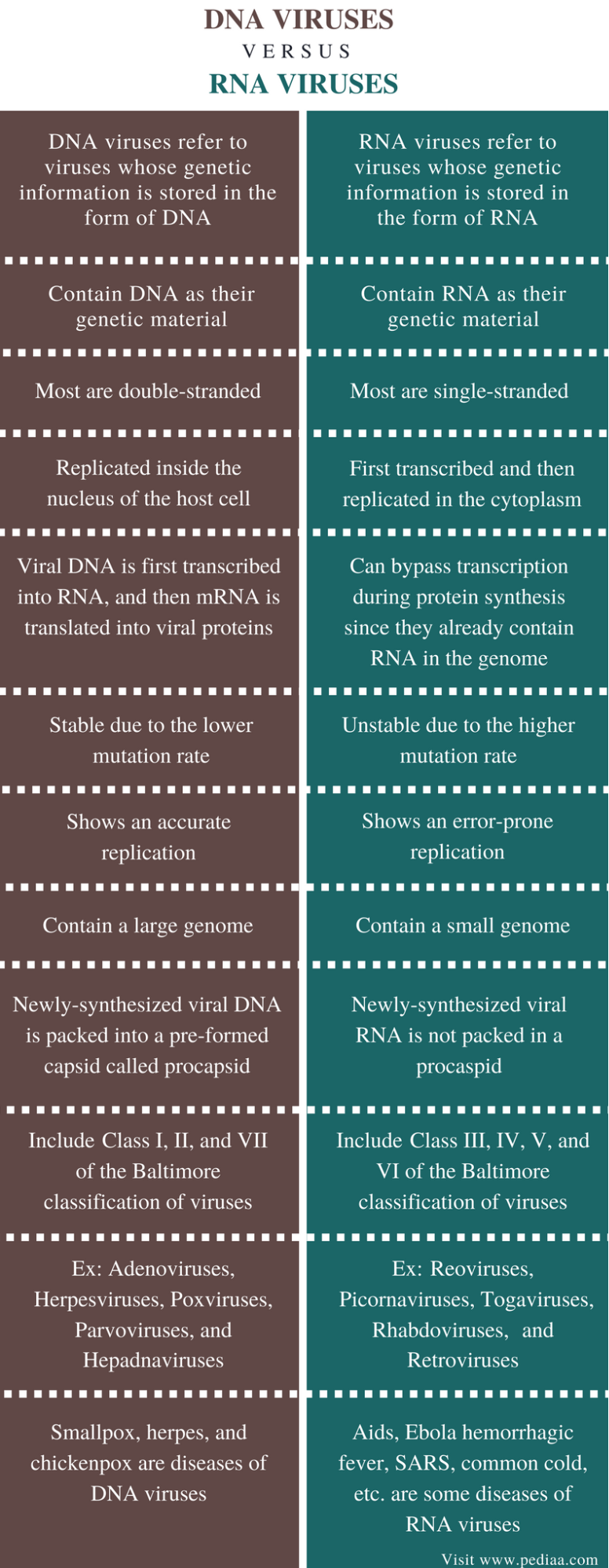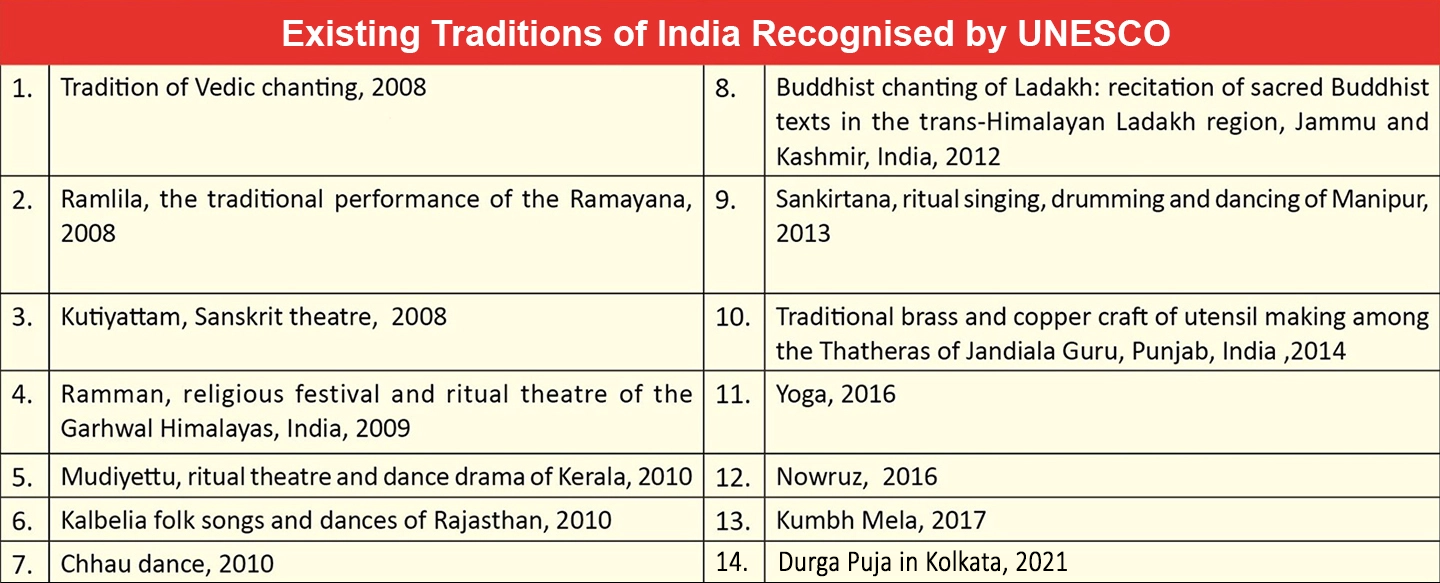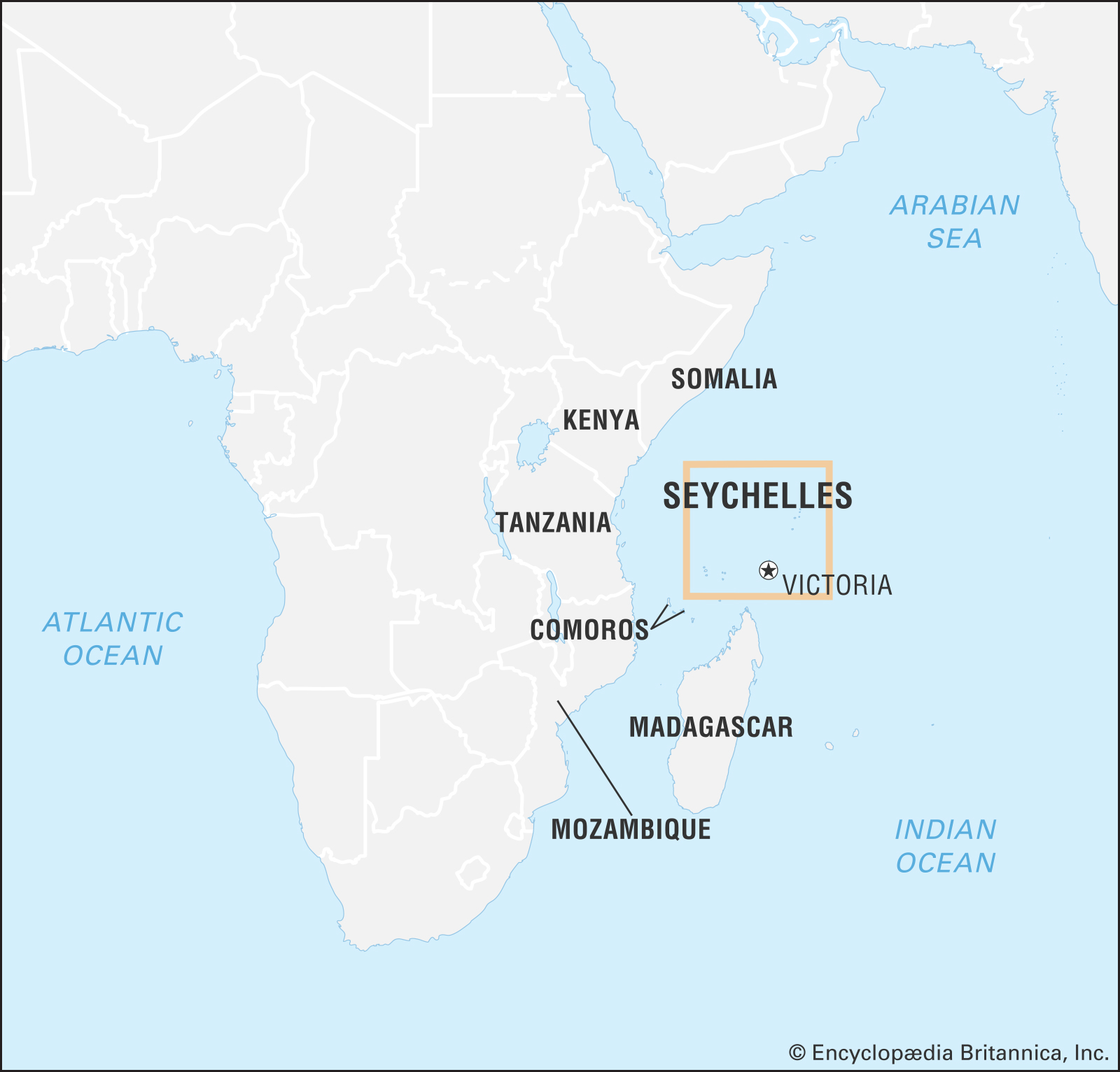India Japan Summit 2022
For Prelims: India-Japan Relations, QUAD Grouping, Comprehensive Nuclear-Test-Ban Treaty.
For Mains: Significance of India-Japan Relations.
Why in News?
Recently, the Japanese Prime Minister was on an official visit to India for the 14th India-Japan Annual Summit between the two Countries.
- The Summit took place at a time when the two countries were celebrating the 70th anniversary of the establishment of diplomatic relations and India was celebrating its 75th anniversary of Independence.
- Earlier, the Indian PM virtually inaugurated a Japanese ‘Zen Garden - Kaizen Academy’ at the Ahmedabad Management Association (AMA) in Gujarat.
What are the Key Points of the Summit?
- Investment by Japan:
- Japan will invest Rs 3.2 lakh crores in the next five years in India.
- 7 JICA (Japan International Cooperation Agency) loans for projects in connectivity, water supply and sewerage, horticulture, healthcare, and biodiversity conservation in various States.
- An MoU has been signed to introduce Johkasou technology in India by Japanese companies for decentralised wastewater treatment. It is used in areas where sewage infrastructure has not yet been developed.
- Sustainable Development Initiative for the North Eastern Region of India:
- It has been launched with an eye on India’s infrastructure development in the Northeast, and includes both ongoing projects and possible future cooperation in connectivity, healthcare, new and renewable energy, as well as an initiative for strengthening bamboo value chain.
- India-Japan Digital Partnership:
- On cyber security, the leaders discussed “India-Japan Digital Partnership” with a view to enhancing the digital economy through promotion of joint projects in the area of IoT (internet of Things), AI (Artificial Intelligence) and other emerging technologies.
- Japan is looking forward to attracting more highly skilled Indian IT professionals to contribute to the Japanese ICT sector.
- Clean Energy Partnership:
- It was launched for cooperation in areas such as electric vehicles, storage systems including batteries, electric vehicle charging infrastructure, development of solar energy; hydrogen; ammonia; etc.
- The objective is to encourage manufacturing in India, creation of resilient and trustworthy supply chains in these areas as well as fostering collaboration in R&D (Research and Development).
- It will be implemented through the existing mechanism of Energy Dialogue.
- Mumbai-Ahmedabad High Speed Rail (MAHSR):
- India appreciated Japan’s cooperation on the MAHSR and various Metro projects in India and looked forward to the planned preparatory survey for the Patna Metro.
- People to People Engagement:
- The Indian PM confirmed India’s participation in the Expo 2025 Osaka, Kansai, Japan, as an opportunity to further strengthen and broaden trade, investment and people-to-people links between the two countries.
- On Indo-Pacific:
- The two leaders expressed their commitment to promoting peace, security and prosperity in the Indo-Pacific region.
- QUAD:
- The two PMs affirmed the importance of bilateral and plurilateral partnerships among like-minded countries in the region including the QUAD grouping between India-Australia-Japan and the United States.
- The Japanese Prime Minister invited PM Modi for the QUAD Summit Meeting in Tokyo.
- Terrorism:
- The two leaders reiterated “condemnation of terrorist attacks in India, including 26/11 Mumbai and Pathankot attacks, and called upon Pakistan to take resolute and irreversible action against terrorist networks operating out of its territory and comply fully with international commitments, including to FATF (Financial Action Task Force).
- Comprehensive Nuclear-Test-Ban Treaty:
- The Japanese PM stressed the importance of early entry into force of the Comprehensive Nuclear-Test-Ban Treaty (CTBT).
- The Treaty intends to ban all nuclear explosions - everywhere, by everyone. It will enter into force after all 44 States listed in Annex 2 to the Treaty will ratify it.
- India has not yet signed the Treaty.
- The Japanese PM stressed the importance of early entry into force of the Comprehensive Nuclear-Test-Ban Treaty (CTBT).
- On Situation in Other Countries:
- Ukraine: Talked about the serious invasion of Russia into Ukraine and sought a peaceful solution on the basis of international law.
- China: India informed Japan about the situation in Ladakh, about the attempts of amassing troops and India's talks with China over border-related issues.
- The Japanese PM also briefed India about his perspective of the East and South China sea.
- Afghanistan:
- On Afghanistan, the PMs expressed their intention to collaborate closely to realize peace and stability in Afghanistan, and stressed the importance of addressing the humanitarian crisis, promoting human rights and ensuring establishment of a truly representative and inclusive political system.
- They also referred to the UNSC Resolution that unequivocally demands that “Afghan territory not be used for sheltering, training, planning or financing terrorist acts”.
- North Korea: The PMs condemned North Korea’s destabilising ballistic missile launches in violation of United Nations Security Council resolutions (UNSCRs).
- Myanmar: They called on Myanmar to urgently implement ASEAN’s Five-Point Consensus.
PYQ
In which one of the following locations is the International Thermonuclear Experimental Reactor (ITER) project to be built? (2008)
(a) Northern Spain
(b) Southern France
(c) Eastern Germany
(d) Southern Italy
Ans: (b)
What are other Recent Developments between India and Japan?
- Recently, India, Japan and Australia have formally launched the Supply Chain Resilience Initiative (SCRI) in a move to counter China’s dominance of the supply chain in the Indo-Pacific region.
- In 2020, India and Japan signed a logistics agreement that will allow armed forces of both sides to coordinate closely in services and supplies. The agreement is known as the Acquisition and Cross-Servicing Agreement (ACSA).
- In 2014, India and Japan upgraded their relationship to 'Special Strategic and Global Partnership'.
- The India-Japan Comprehensive Economic Partnership Agreement (CEPA) that came into force in August 2011 covers trade in goods, services, movement of natural persons, investments, Intellectual Property Rights, custom procedures and other trade related issues.
- Japan is India’s 12th largest trading partner, and trade volumes between the two stand at just a fifth of the value of India-China bilateral trade.
- Defence Exercises: India and Japan defence forces organize a series of bilateral exercises namely, JIMEX (naval), SHINYUU Maitri (Air Force), and Dharma Guardian (Army). Both countries also participate in Malabar exercise (Naval Exercise) with the USA and Australia.
- Both India and Japan are members of G-20 and G-4.
- They are also member countries of the International Thermonuclear Experimental Reactor (ITER).
PYQ
In which one of the following groups are all the four countries members of G20? (2020)
(a) Argentina, Mexico, South Africa and Turkey
(b) Australia, Canada, Malaysia and New Zealand
(c) Brazil, Iran, Saudi Arabia and Vietnam
(d) Indonesia, Japan, Singapore and South Korea
Ans: (a)
Way Forward
- More collaboration and cooperation can prove beneficial to both nations, since India needs sophisticated technology from Japan.
- There is a huge potential with respect to Make in India. Joint ventures could be created by merging Japanese digital technology with Indian raw materials and labour.
- Close cooperation is the best measure to combat China’s growing role in Asia and Indo-Pacific, in physical as well as digital space.
Finlandization
For Prelims: Finlandization, Location of Finland, YYA Treaty, NATO, Warsaw Pact, Marshall Plan.
For Mains: Bilateral Groupings & Agreements, Finlandization, YYA Treaty, NATO, Warsaw Pact, Marshall Plan.
Why in News?
Recently, the French President suggested Finlandization might be a realistic outcome for Ukraine if and when the Russia-Ukraine war ends.
What is Finlandization?
- It refers to the policy of strict neutrality between Moscow (Russia) and the West that Finland followed during the decades of the Cold War.
- The principle of neutrality was rooted in the Agreement of Friendship, Cooperation, and Mutual Assistance (or YYA Treaty, from the Finnish “Ystavyys-, yhteistyo - ja avunantosopimus”) that Finland signed with the USSR in April 1948.
- Article 1 of the treaty reads: “In the eventuality of Finland, or the Soviet Union through Finnish territory, becoming the object of an armed attack by Germany or any state allied with the latter (meaning, essentially, the United States), Finland will, true to its obligations as an independent state, fight to repel the attack.
- Finland will in such cases use all its available forces for defending its territorial integrity by land, sea, and air, and will do so within the frontiers of Finland in accordance with obligations defined in the present agreement and, if necessary, with the assistance of or jointly with, the Soviet Union.
- In such cases, the Soviet Union will give Finland the help that it requires, subject to mutual agreement between the contracting parties.
What did Finland do after its War with Russia was over?
- The 1948 treaty formed the basis of Finland-Russia relations until 1992, when Finland signed a new agreement with post-Soviet Russia.
- It lay at the heart of Finland’s foreign policy doctrine especially 1946 to 1982 and is known in international relations studies as the “Paasikivi-Kekkonen line”.
- From the perspective of Finland — whose capital Helsinki is situated just across the Gulf of Finland from St Petersburg (Leningrad) — the treaty protected it from being attacked or incorporated into the USSR like the Baltic and eastern European states.
- It allowed the country to pursue the path of democracy and capitalism while staying out of the conflict between the great powers.
- Finland did not participate in the Marshall Plan. It took neutral positions on matters on which the Soviet Union and the West disagreed. It stayed aloof from North Atlantic Treaty Organisation (NATO) and European military powers, and used this positioning to ward off pressure from Moscow to become part of the Soviet bloc or the Warsaw Pact.
- Marshall Plan was a U.S.-sponsored program designed to rehabilitate the economies of 17 western and southern European countries in order to create stable conditions in which democratic institutions could survive in the aftermath of World War II.
Way Forward for Ukraine
- Ukraine should have the right to freely choose its economic and political associations, including with Europe.
- Ukraine should not join NATO. It should be free to create government compatible with the expressed will of its people.
- It should pursue a posture comparable to that of Finland. That nation leaves no doubt about its fierce independence and cooperates with the West in most fields but carefully avoids institutional hostility toward Russia.
BBNJ Treaty
For Prelims: UNCLOS, BBNJ, IUCN.
For Mains: BBNJ Treaty, Conservation.
Why in News?
Recently, the fourth meeting of the Intergovernmental Conference (IGC-4) was held in New York to conclude a draft of the instrument on the conservation and sustainable use of marine Biological diversity in areas Beyond National Jurisdiction (BBNJ).
- The IGC-4 is convened under the United Nations Convention on the Law of the Sea (UNCLOS).
What is the BBNJ Treaty?
- The “BBNJ Treaty”, also known as the “Treaty of the High Seas”, is an international agreement on the conservation and sustainable use of marine biological diversity of areas beyond national jurisdiction, currently under negotiation at the United Nations.
- This new instrument is being developed within the framework of the UNCLOS, the main international agreement governing human activities at sea.
- It will achieve a more holistic management of high seas activities, which should better balance the conservation and sustainable use of marine resources.
- BBNJ encompasses the high seas, beyond the exclusive economic zones or national waters of countries.
- According to the International Union for Conservation of Nature (IUCN), these areas account for “almost half of the Earth’s surface”.
- These areas are hardly regulated and also least understood or explored for its biodiversity - only 1% of these areas are under protection.
- Launched at the One Ocean Summit in February 2022, the High Ambition Coalition on Biodiversity Beyond National Jurisdiction brings together many delegations engaged in the BBNJ negotiations on a common and ambitious outcome at the highest political level.
- The negotiations are centred around a package of elements agreed upon in 2015, namely:
- the conservation and sustainable use of marine biological diversity of areas beyond national jurisdiction, in particular, together and as a whole, marine genetic resources, including questions on the sharing of benefits
- area-based management tools, including marine protected areas
- environmental impact assessments
- capacity-building and the transfer of marine technology
What is the Need of Legally Binding Instrument for BBNJ?
- Areas beyond national jurisdiction comprise 95% of the ocean and provide invaluable ecological, economic, social, cultural, scientific and food-security benefits to humanity.
- However, these areas teeming with life are now vulnerable to growing threats, including pollution, overexploitation, and the impacts already visible of climate change.
- The increasing demand for marine resources in the coming decades – for food, minerals or biotechnology – threatens to exacerbate this problem.
- The high seas are extremely biodiverse and have been exploited without even knowing its impacts.
- While there are scientific explorations of the surface water of the high seas, the deep sea i.e. below 200 metres of the surface has hardly been studied.
- The deep seafloors, believed to be the harshest habitat, the extinction process is setting in.
- The 184 species (of Molluscs) assessed, 62% are listed as threatened: 39 are critically endangered, 32 are endangered and 43 are vulnerable.
- In the Indian Ocean vents, 100% molluscs are already listed as critically endangered. This shows the urgent need to protect them from extinction. Yet, the International Seabed Authority, a Jamaica-based intergovernmental body, is allowing deep sea mining contracts.
What is UNCLOS?
- The United Nations Convention on the Law of the Sea (UNCLOS), 1982 is an international agreement that establishes the legal framework for marine and maritime activities. It is also known as Law of the Sea.
- It divides marine areas into five main zones namely- Internal Waters, Territorial Sea, Contiguous Zone, Exclusive Economic Zone (EEZ) and the High Seas.
- It is the only international convention which stipulates a framework for state jurisdiction in maritime spaces. It provides a different legal status to different maritime zones.
- It provides the backbone for offshore governance by coastal states and those navigating the oceans.
- It not only zones coastal states’ offshore areas but also provides specific guidance for states’ rights and responsibilities in the five concentric zones.
National Commission for Scheduled Tribes
For Prelims: NCST, Constitutional Provisions related to STs.
For Mains: NCST and its Functions, Scheduled Tribes.
Why in News?
According to a parliamentary committee's recent report, the National Commission for Scheduled Tribes has been dysfunctional for the last four years and has not delivered a single report to Parliament.
What is the NCST?
- Formation: NCST was set up with effect from 19th February, 2004 by amending Article 338 and by inserting a new article 338A in the Constitution through the 89th Constitution Amendment Act, 2003. Hence, it is a constitutional body.
- Objective: Article 338A inter-alia gives powers to the NCST to oversee the implementation of various safeguards provided to STs under the Constitution or under any other law for time being in force or under any other order to the Government and to evaluate the working of such safeguards.
- Composition: It consists of a Chairperson, a Vice-Chairperson and 3 other Members who are appointed by the President by warrant under his hand and seal.
- At least one member should be a woman.
- The Chairperson, the Vice-Chairperson and the other Members hold office for a term of 3 years.
- The members are not eligible for appointment for more than two terms.
- The Chairperson has been given the rank of Union Cabinet Ministers, the Vice Chairperson has the rank of a Minister of State and other Members have the rank of a Secretary to the Government of India.
PYQ
At the national level, which ministry is the nodal agency to ensure effective implementation of the Scheduled Tribes and Other Traditional Forest Dwellers (Recognition of Forest Rights) Act, 2006?
(a) Ministry of Environment, Forest and Climate Change
(b) Ministry of Panchayati Raj
(c) Ministry of Rural Development
(d) Ministry of Tribal Affairs
Ans: (d)
What are the Duties and Functions of the NCST?
- To investigate and monitor all matters relating to the safeguards provided for the STs under the Constitution or under any other law for the time being in force or under any order of the Government.
- To inquire into specific complaints with respect to the deprivation of rights and safeguards of the STs.
- To participate and advise in the planning process of socio-economic development of the STs and to evaluate the progress of their development.
- To present to the President, annually and at such other times as the Commission may deem fit, reports upon the working of those safeguards.
- To discharge such other functions in relation to the protection, welfare and development and advancement of the Scheduled Tribes as the President may be subject to the provisions of any law made by Parliament by rule specified.
PYQ
The provisions in Fifth Schedule and Sixth Schedule in the Constitution of India are made in order to (2015)
(a) protect the interests of Scheduled Tribes
(b) determine the boundaries between States
(c) determine the powers, authority and responsibilities of Panchayats
(d) protect the interests of all the border States
Ans: (a)
What are the issues with the NCST?
- Pending Reports:
- In the financial year 2021-22, it has met only four times. Its rate of pendency of resolution of complaints and cases that it receives is also close to 50%.
- Manpower and Budgetary Shortage:
- The Committee expressed dismay over the near paralysis of the Commission's working with manpower and budgetary shortage.
- The recruitment in the Commission was constrained because of lack of applicants as the eligibility bar was set too high and the rules being tweaked to enable many more candidates to apply.
What are the Recommendations of the Panel?
- The vacancies should be immediately filled as there should be no reason now for any further delay since the recruitment rules have been suitably revised.
- The budgetary allocation for the Commission needs to be reviewed so that its functioning is not made to suffer for lack of funds.
What is the Status of Scheduled Tribes in India?
- About:
- As per Census-1931, Schedule tribes are termed as "backward tribes” living in the "Excluded" and "Partially Excluded" areas. The Government of India Act of 1935 called for the first time for representatives of "backward tribes" in provincial assemblies.
- The Constitution does not define the criteria for recognition of Scheduled Tribes and hence the definition contained in 1931 Census was used in the initial years after independence.
- However, Article 366(25) of the Constitution only provides process to define Scheduled Tribes: “Scheduled Tribes means such tribes or tribal communities or parts of or groups within such tribes or tribal communities as are deemed under Article 342 to be Scheduled Tribes for the purposes of this Constitution.”
- 342(1): The President may with respect to any State or Union Territory, and where it is a State, after consultation with the Governor, by a public notification, specify the tribes or tribal communities or part of or groups within tribes or tribal communities as Scheduled Tribe in relation to that State or Union Territory.
- There are over 705 tribes which have been notified. The largest number of tribal communities are found in Odisha.
- Legal Provisions:
- Protection of Civil Rights Act, 1955 against Untouchability.
- Scheduled Castes and the Scheduled Tribes (Prevention of Atrocities) Act, 1989
- Provisions of the Panchayats (Extension to the Scheduled Areas) Act, 1996
- Scheduled Tribes and Other Traditional Forest Dwellers (Recognition of Forest Rights) Act, 2006
- Related Initiatives:
- Related Committees:
- Xaxa Committee (2013)
- Bhuria Commission (2002-2004)
- Lokur Committee (1965)
PYQ
Every year, a month long ecologically important campaign/festival is held during which certain communities/tribes plant saplings of fruit-bearing trees. Which of the following are such communities/ tribes? (2014)
(a) Bhutia and Lepcha
(b) Gond and Korku
(c) Irula and Toda
(d) Sahariya and Agariya
Ans: (b)
Consider the following pairs: (2013)
| Tribe | State | ||
| 1. | Limboo (Limbu) | : | Sikkim |
|
2. |
Karbi | : | Himachal Pradesh |
| 3. | Dongaria Kondh | : | Odisha |
| 4. | Bonda | : | Tamil Nadu |
Which of the above pairs are correctly matched?
(a) 1 and 3 only
(b) 2 and 4 only
(c) 1, 3 and 4 only
(d) 1, 2, 3 and 4
Ans: (a)
Protection of Children from Sexual Offences
For Prelims: Constitutional Provisions and related initiatives.
For Mains: Issues related to Child Sexual Abuse and steps need to be taken, Issues related to Children.
Why in News?
Recently, a 2-judge bench of the Supreme Court has delivered a split verdict on the issue whether Section 155(2) of the Code of Criminal Procedure will apply to the investigation of an offence under Section 23 of the Protection of Children from Sexual Offences Act, 2012 (POCSO).
- As per Section 155(2) CrPC, a police officer cannot investigate a non-cognizable offence without the order of a Magistrate.
- Section 23 of POCSO relates to the offence of disclosure of the identity of the victim of the sexual offence.
- One of the judges opined that disclosure of the identity of a child who is a victim of sexual offences or who is in conflict with the law is in fundamental breach of the right of the child to dignity, the right not to be embarrassed.
What are the issues related to Child Sexual Abuse?
- Multi-layered Problem: Child sexual abuse is a multi-layered problem which negatively impacts children’s physical safety, mental health, well-being and behavioural aspects.
- Amplification Due to Digital Technologies: Mobile and digital technologies has further amplified child abuse and exploitation. New forms of child abuse like online bullying, harassment and Child Pornography have also emerged.
- Ineffective Legislaton: Although Government of India has enacted the Protection of Children against Sexual Offences Act 2012 (POCSO Act), it has failed to protect child from sexual abuse. The reasons for this can be following:
- Low Conviction Rate: The rate of conviction under the POCSO act is only about 32% if one takes the average of the past 5 years and the percentage of cases pending is 90%.
- Judicial Delay: The Kathua Rape case took 16 months for the main accused to be convicted whereas the POCSO Act clearly mentions that the entire trial and conviction process has to be done in one year.
- Unfriendly to Child: Challenges related to age-determination of the child. Especially laws that focus on biological age and not mental age.
What are the Related Initiatives?
- Child Abuse Prevention and Investigation Unit
- Beti Bachao, Beti Padhao
- Juvenile Justice Act/Care and Protection Act, 2000
- Child Marriage Prohibition Act (2006)
- Child Labour Prohibition and Regulation Act, 2016
What are the Related Constitutional Provisions?
- The Constitution guarantees to every child the right to live with dignity (Article 21), the right to personal liberty (Article 21), the right to privacy (Article 21), the right to equality (Article 14) and/or the right against discrimination (Article 15), the right against exploitation (Article 23 & 24).
- Right to free and compulsory elementary education for all children in the 6-14 year age group (Article 21 A)
- The Directive Principles of State Policy, and in particular Article 39(f), cast an obligation on the State to ensure that children are given opportunities and facilities to develop in a healthy manner and in conditions of freedom and dignity and that childhood and youth are protected against exploitation and against moral and material abandonment.
Way Forward
- The need of the hour is to prioritise prevention activities against abuse, creating safe online environments for children.
- Developing a comprehensive outreach system to engage parents, schools, communities, Non-governmental Organizations (NGOs) partners and local governments as well as police and lawyers is needed to ensure better implementation of the legal framework, policies, national strategies and standards.
PYQ
With reference to the United Nations Convention on the Rights of the Child, consider the following: (2010)
1. The Right to Development
2. The Right to Expression
3. The Right to Recreation
Which of the above is/are the Rights of the child?
(a) 1 only
(b) 1 and 3 only
(c) 2 and 3 only
(d) 1, 2 and 3
Ans: (d)
Recombination of Viruses
Why in News?
The recent study published in Nature Microbiology revealed a few things about the mutation in viruses, increased fitness and recombination of viruses.
What are Key Points of the Research?
- According to it, RNA viruses have a higher rate of mutations compared with DNA viruses.
- However, unlike other RNA viruses, coronaviruses have fewer mutations.
- This is because coronaviruses have a genetic “proofreading mechanism” that corrects some of the errors made during replication.
- This is applicable to SARS-CoV-2 viruses too.
- As a result, SARS-CoV-2 viruses have more accurate mutations or attained more fitness than that of other single-stranded RNA viruses.
- Increased fitness of the virus means increased infectiousness of the virus and the ability of the mutations to allow the virus to escape from immunity.
- Such mutations that provide increased fitness to the virus increase in numbers and become the dominant strain or variant.
- Further, when a person is simultaneously infected with two different SARS-CoV-2 variants or strains or sub-lineages, chunks of genetic material from one variant can get mixed with the other. This is called recombination.
- For example, recombination of Delta and Omicron variants.
What is Mutation?
- Mutation is an alteration in the genetic material (the genome) of a cell of a living organism or of a virus that is more or less permanent and that can be transmitted to the cell’s or the virus’s descendants.
- The genomes of organisms are all composed of Deoxyribonucleic Acid (DNA), whereas viral genomes can be of DNA or Ribo Nucleic Acid (RNA).
Navroz
Why in News?
Recently, the PM greeted the people on the occasion of Navroz (21st March 2022).
What are the Key Points?
- Navroz is also known as Parsi New Year.
- In Persian, ‘Nav’ stands for new, and ‘Roz’ stands for the day, which literally translates to ‘new day’.
- Though celebrated in March globally, Navroz arrives 200 days later in India and is celebrated in the month of August as the Parsis here follow the Shahenshahi calendar that doesn’t account for leap years.
- In India, Navroz is also known as Jamshed-i-Navroz, after the Persian King, Jamshed.
- The king Jamshed is credited with having created the Shahenshahi calendar.
- Interestingly in India, people celebrate it twice a year - first according to the Iranian calendar and the second according to the Shahenshahi calendar which is followed by people here and in Pakistan.
- The tradition is observed by Iranians and Zoroastrian around the world.
- Navroj was inscribed in the list of UNESCO Intangible Cultural Heritage of Humanity of India in 2009.
- This coveted list is made up of those intangible heritage elements that help demonstrate diversity of cultural heritage and raise awareness about its importance.
What is Zoroastrianism?
- Zoroastrianism, one of the earliest known monotheistic faiths, is practised by Parsis.
- It was created over 3,500 years ago in ancient Iran by Prophet Zarathustra.
- It was the official religion of Persia (now Iran) from 650 BCE until the emergence of Islam in the 7th century, and it was one of the most important faiths in the ancient world for over 1000 years.
- When the Islamic troops invaded Persia, numerous Zoroastrians fled to India (Gujarat) and Pakistan.
- The Parsis (‘Parsi’ is Gujarati for Persian) are the largest single group in India, with an estimated 2.6 million Zoroastrians worldwide.
- Zoroastrians (Parsis) are one of the notified minority communities.
Exercise LAMITIYE 2022
Why in News?
An Indian Army contingent has arrived in Seychelles for the ninth edition of the Joint Military Exercise Lamitiye 2022 between the Indian Army and Seychelles Defence Forces (SDF).
- Seychelles is an Archipelago in the western Indian Ocean, comprising about 115 islands.
What are the Key Points?
- Lamitiye, which in Creole means friendship, is a biennial training event being conducted in Seychelles since 2001.
- The aim is to build and promote bilateral military relations in addition to exchanging skills, experiences and good practices between both armies.
- Exercise Lamitiye is significant in terms of security challenges faced by both the nations in the backdrop of the current global situation and growing security concerns in the Indian Ocean Region.

